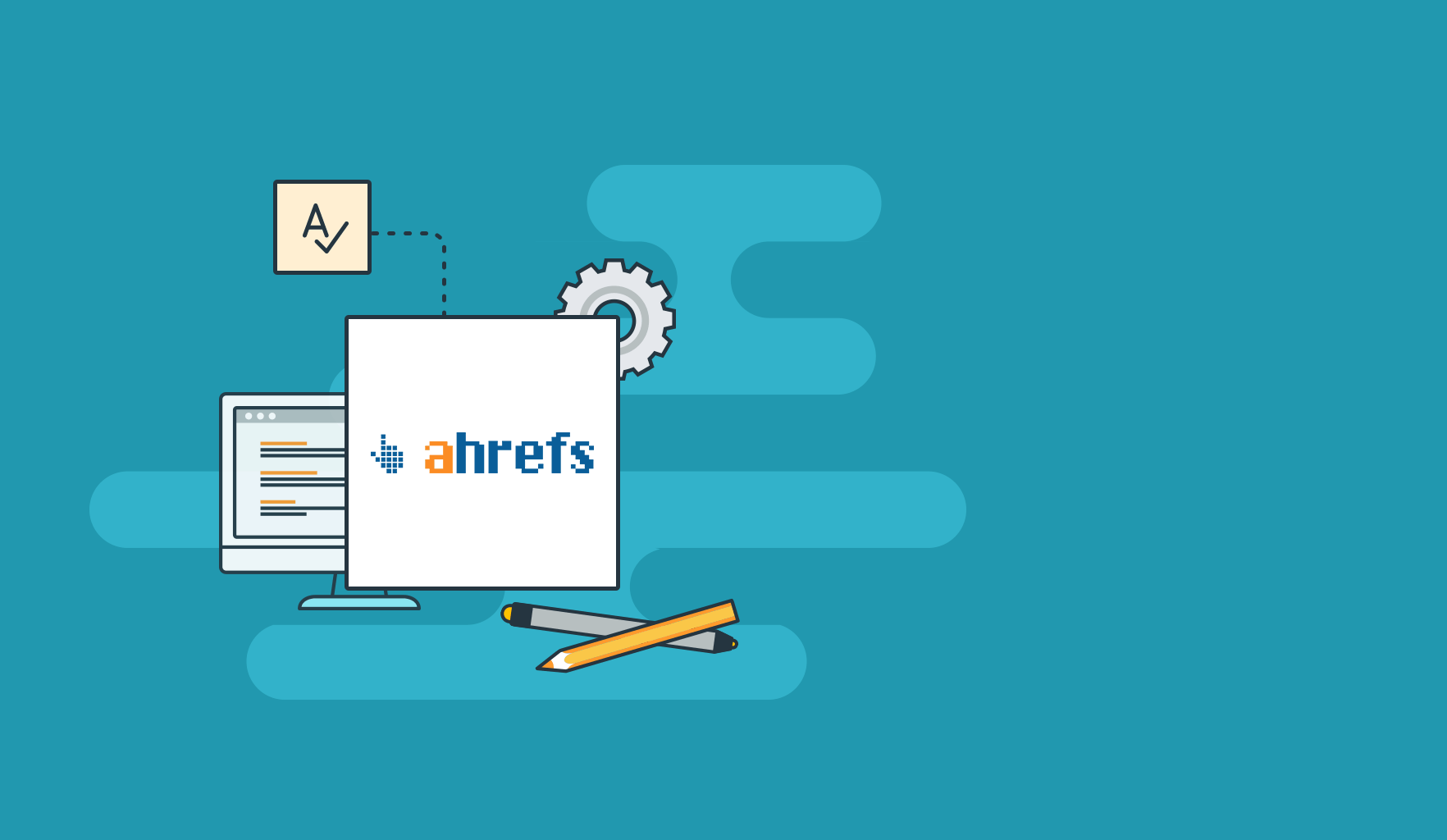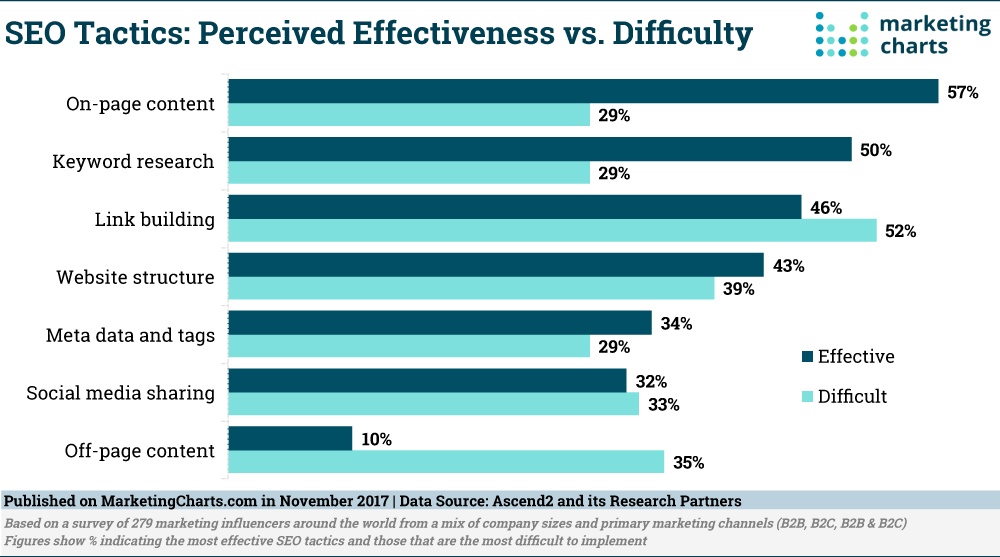
These tips are helpful for optimizing your images so they can be found on search engines. Be sure to include a similar keyword in the filename of the image. This will boost your rankings and help your users discover your content online. Alternate text, also known as alt text, can be used in place of images. This is text content that allows visually impaired users to interact with images. This is useful for cases when the image fails to load properly. The following are some common image optimization mistakes and tips.
Alt-text
Optimizing your website with alt-text is a great method to get more search traffic and increase your Google rank. This text describes the image in greater detail, and is critical for SEO. It is possible to use semantic keywords in place of keyphrases. Google doesn't penalize websites that use poor or keyword-stuffed alt text. Instead, concentrate on the context of your image and the use of your target keyword as the alt-text.
Meta description
Your meta description should be more than your website name. It acts as an invitation to visit your page, and it should be as clear and compelling as possible. Google displays short excerpts of copy about your site in search results. The meta description should contain between 120 and 156 characters. It should also be informative enough to interest visitors. Write your meta description well in advance and include links in the text.
Name of the image

For better on-page optimization, it is essential to name your images correctly when uploading them to your website. The image name should include the content of the image and key words. A file name should be as short and concise as possible. It should not contain more than five words. It should also contain a keyword phrase, since the URL gets abbreviated in search results. Here are some tips on how to choose a better file name for your images:
Image URLs
Google has very specific guidelines about how to optimize images. The same applies to image URLs. Using query strings on the image source is not recommended, as they take more time to load than normal HTML pages. You don't have to worry about image URLs if you aren't using image search. However, if you do rely on image search, you will need to optimize images. Below are some tips:
Image size
You don't need to worry about the image size. The size of your image will depend on the CMS used and the layout of your page. Shopify recommends a size of 2048x2048 pixels for square product images. Uploading an image to your website should be done with a moderately large file size. Your website's load speed will impact your rankings so ensure you choose the right file size.
Image authority
SEO strategies should include image optimization. While many search engines allow you to only include images in their results, it's a good idea to optimize your images to boost your rankings. While this type of traffic may not result in sales, it can help increase brand awareness and generate more backlinks for your website. These are some of the basic tips that will help you optimize your images to search engines. Remember that SEO results will take time so be patient.
Structured data

Google has recently updated its Image Publishing Guidelines. This includes information about the page's content and embedding tips. The guidelines also include content on structured data and product markup. These elements are important in your SEO strategy to improve images rankings. This article will explain how to add structured data to your website. Here's a step-by -step guide for adding structured data to your site.
FAQ
How can I increase my Facebook traffic?
Facebook has many different ways you can increase traffic to your site. Facebook ads is one of your best options. You can target specific audiences with Facebook ads based on their interests, location, and demographics. You can also set a daily budget to see which posts are performing well.
How do I begin SEO for my website
It is important to understand the needs of people searching for your company or products through search engines like Google. This will help you get a Google ranking. This guide will help to make sure your content is ranked highly by Google. Check out our other guides about content marketing.
You'll need to start by creating a plan. Also, think about the keywords you want. There are two types of keywords: broad keywords (like "digital marketing") and specific ones (like "seo").
Next, you'll need to choose a few goals: increasing brand awareness, driving leads, or boosting sales.
Once you've established your objectives, you are ready to start creating content. You can find some helpful tips here on writing content for SEO.
Once your content has been written, it's time to publish it to your blog or website. If you have a website, this might involve updating existing pages. You will need to hire a web developer to help you create one.
After publishing your content, link to it from relevant websites and blogs. This will make your content more visible and increase its exposure.
How much does SEO cost?
SEO costs depend on the size and industry of your business, as well as your budget. While smaller companies might only need to spend a few hundred dollars a month, larger companies can expect to spend thousands a month. To estimate how much SEO will cost you, use our SEO calculator.
What is the definition of a blog post?
A blog is a website that allows visitors to share their articles. Blogs are usually composed of both written posts as well as images.
Bloggers may blog about their own experiences and opinions. Some bloggers, however, prefer to write about topics related their business or their careers.
Blog owners can use a simple-to-use program called a blogging platform' to set up their blogs. There are many blogging platforms. Tumblr is the most popular, while Blogger and WordPress are the others.
People read blogs because they like what they read, so it's essential to keep your writing interesting. You should be familiar with the topic you're writing about.
Provide useful information and resources to aid readers in understanding the subject. You should not tell someone to visit Google and see how other websites function. Instead, you should give steps for creating a successful website.
You should also consider the quality of your blog content. It plays a significant role in how people respond to it. Your writing will be viewed as uninteresting if it's not clear and concise. Poor spelling and grammar are equally unacceptable.
When you begin blogging, it's easy for things to get out of control. Be consistent with your posting schedule. Only publish content once per day. It shouldn't feel like a chore to maintain a blog.
Statistics
- 93%of online experiences today begin on search engines. (marketinginsidergroup.com)
- A 62.60% organic traffic boost to that page: (backlinko.com)
- 64% of marketers actively create SEO campaigns because they help hit multiple key performance indicators (KPIs), including increasing traffic, helping your site rank for relevant keywords, improving your conversion rate, and much more. (semrush.com)
- Sean isn't alone… Blogger James Pearson recently axed hundreds of blog posts from his site… and his organic traffic increased by 30%: (backlinko.com)
- If two people in 10 clicks go to your site as a result, that is a 20% CTR. (semrush.com)
External Links
How To
What you should know about duplicate content, SEO and other topics
Duplicate content is an issue for both webmasters and search engines alike. There are two types. When multiple pages on a website contain the same content, it is called an internal duplicate. External duplicates are when the page has similar information to another URL.
Internal duplication occurs when more than one page contains the same text or images. This is due to poor copywriting skills. Poor copywriting indicates that you aren't writing unique content for every page. When you do this, you create internal duplicates.
External duplication happens when one page contains the same information as other URLs. If you have two pages that are identical to each other, such as a product listing all of your products or a category listing all of them, you have external duplication.
Google doesn’t penalize websites who have duplicate content. It does, however, penalize websites who try to manipulate its algorithm in order to rank higher. Duplicate content on your website? Make sure it's not manipulative.
Link building is the most common method to manipulate Google’s algorithm. Link building involves creating links between your website and other websites. These links look unnatural and can cause Google to devalue you website.
You can avoid link manipulation by using these methods:
-
Avoid low-quality backlinks that are spammy.
-
Using anchor texts that are relevant to your website.
-
Create unique content to each page of the website.
-
Maintaining high-quality content.
-
A good domain name is essential.
Let's not fret about duplicate content. Instead, ensure that every page on your site has unique content. This will improve your search engine rankings.